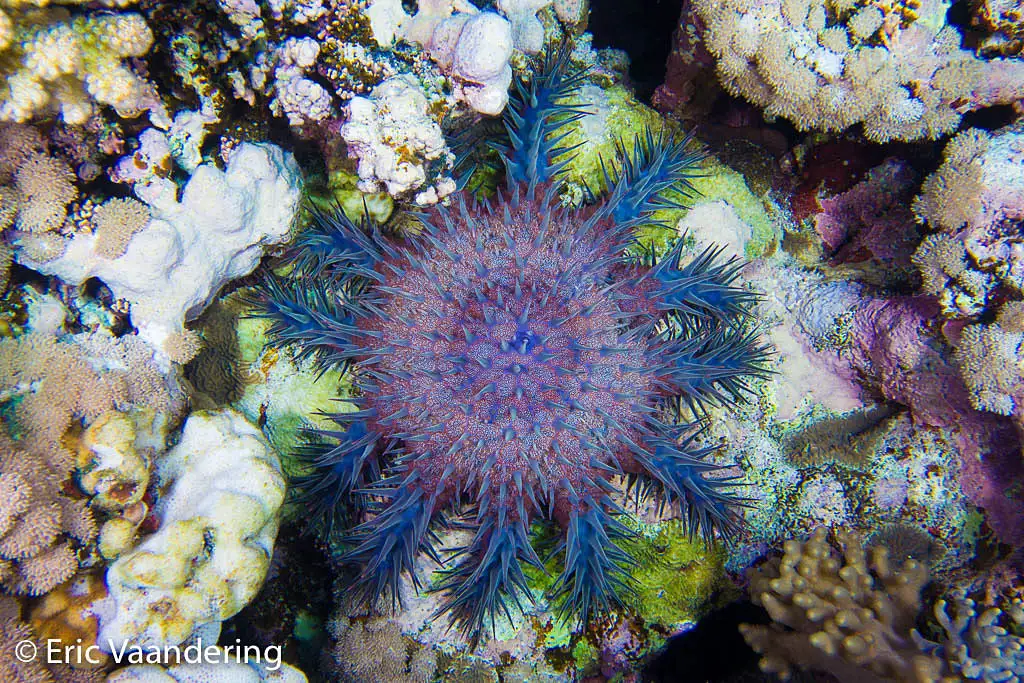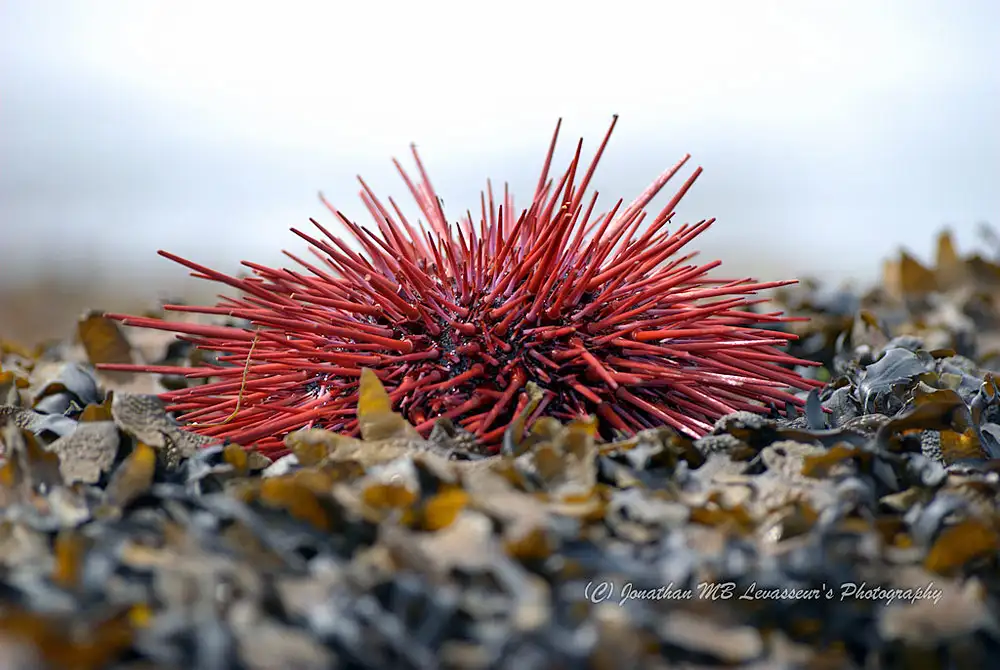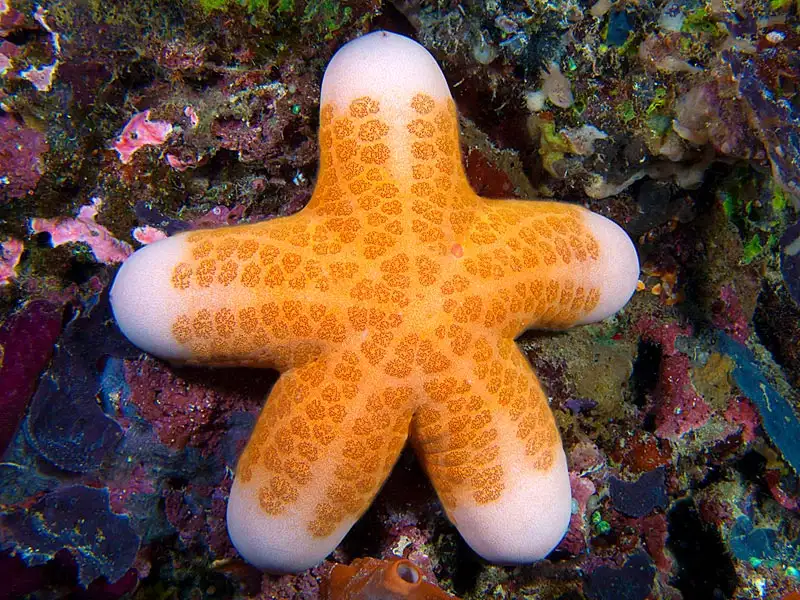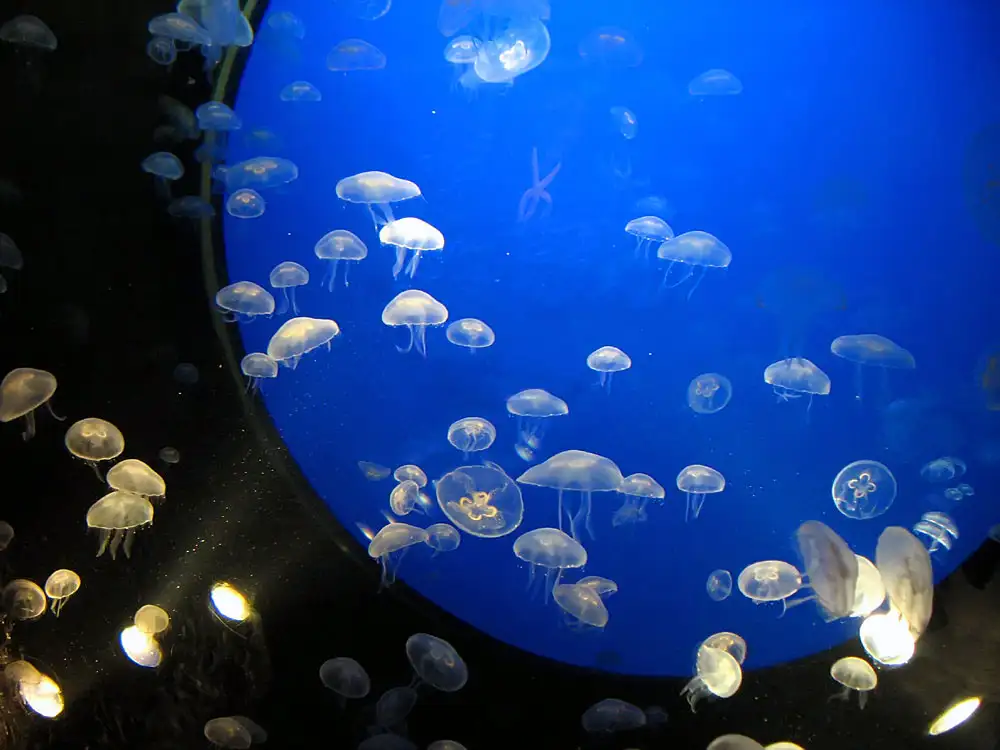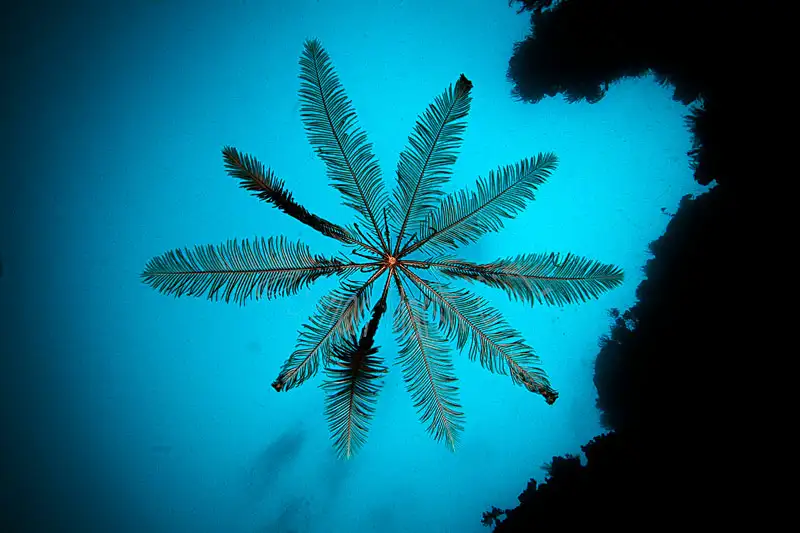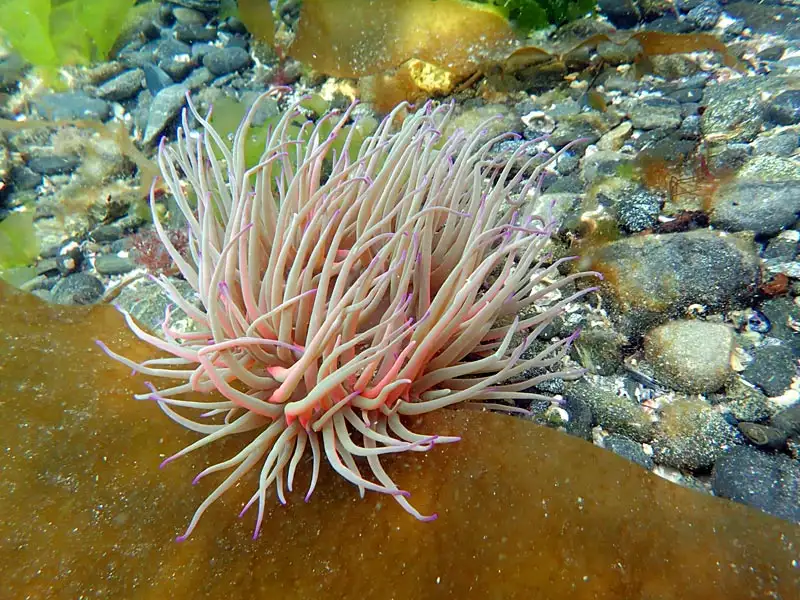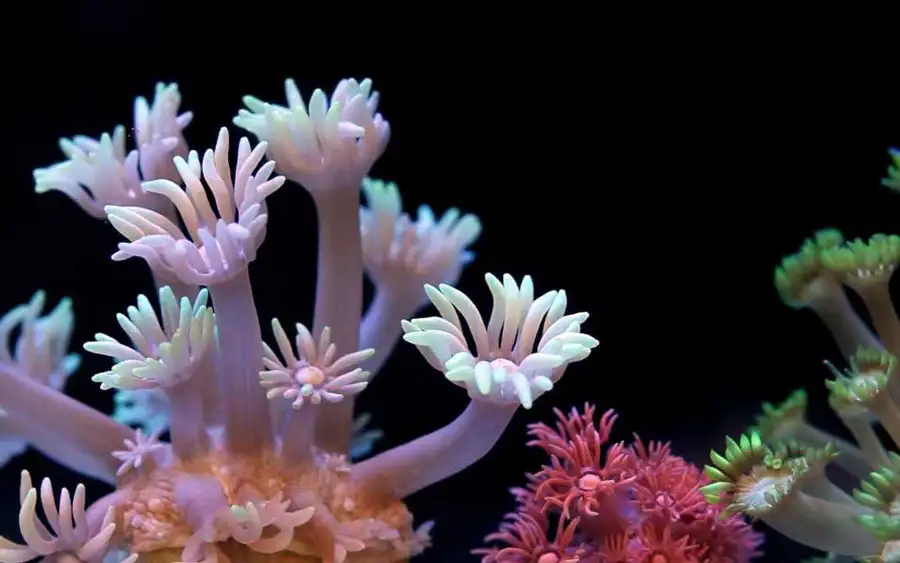Tumor starfish
IUCN
LCBasic Information
Scientific classification
- name:Tumor starfish
- Scientific Name:Zhenghaixing
- Outline:Echinodermata
- Family:Starfish
Vital signs
- length:30cm
- Weight:0.1-6kg
- lifetime:3-27Year
Feature
Not every starfish is called "Patrick's Star."
Distribution and Habitat
Tumor starfish are found in the warm waters of the Pacific, Indian and Red Seas.
Tumor starfish live in groups or alone on gravel shoals and seagrass beds, usually living in shallow waters 1-30 meters deep, and larvae usually live in shallow waters within 2 meters.
Appearance
Tumor starfish are mostly red, orange or brown, with occasional white, pink, blue or green individuals. Although they are brightly colored and covered with dangerous-looking warts and spines, they are actually non-venomous. There are usually five arms attached to the central disk. The central disk is the center of the starfish's life activities and is also where the starfish's mouth is located. Although their arms and legs appear to be stiff, they can bend greatly. The arms of adult starfish can reach 30cm, and the arms of juvenile starfish are about 8-15cm.
The prototumor starfish has two stomachs to digest complex organisms. When food is swallowed, one stomach (cardia) expands outward and the other stomach (pylorus) digests the food. On the ventral side there are purple or transparent light pink tube feet arranged on each wrist. These protruding tube feet serve as locomotion and aid in feeding.
Tumor starfish are carnivores, feeding primarily on molluscs, crustaceans,
Details
Tumor starfish have extraordinary regenerative abilities. If a predator attacks them and they lose their arms, they can regrow the missing parts. They usually have 5 arms, but have been found with 4 or 6 arms, which may occur because more than one arm was damaged at the same time.
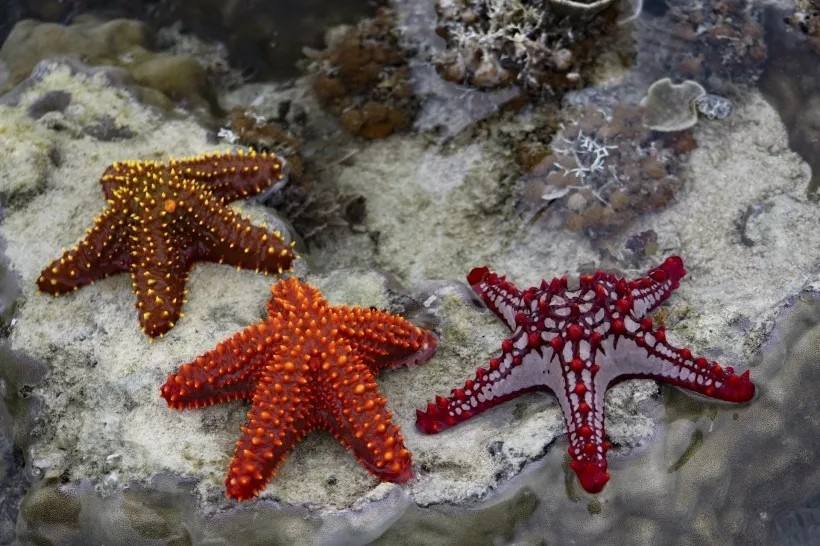
Their mouth is located in the center of the ventral surface of the body. When hunting, they will cover the food with their body, spit out the cardiac and stomach from the mouth to wrap the prey, and start digestion and absorption from outside the body.
Like other tropical echinoderms, symbionts such as shrimps (genus Softshell), small brittle stars, and even juvenile fish can be found on the surface of protuberant starfish. Because tuberculous starfish have hard thorny skin, there are fewer predators that will prey on them.
Due to the slow movement of starfish , when starfish wash up on shore, they are eaten by many animal predators, including fish, crabs, sharks, humans, and birds.
On the IUCN Red List as "Not Evaluated".
Protect wild animals and eliminate wild game.
Maintaining ecological balance is everyone’s responsibility!


